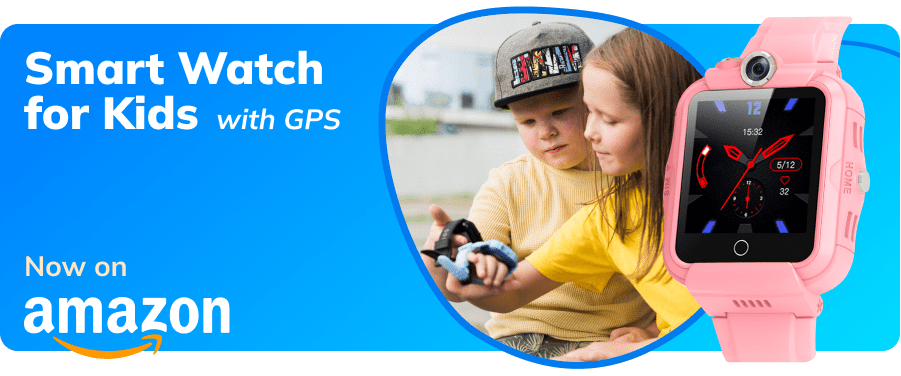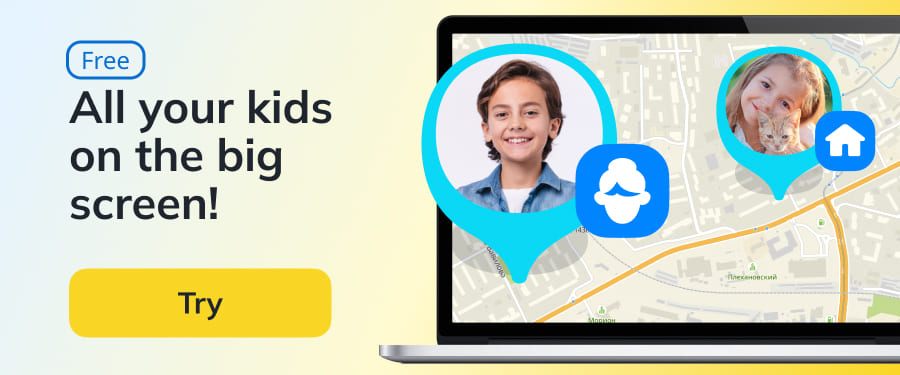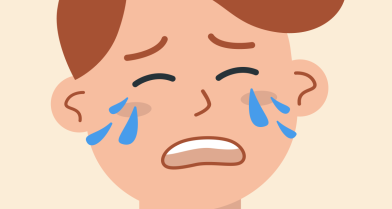How to Teach a Teen to Tell Fake from Fact

Every day, teens are bombarded with information online—videos, posts, memes, news. Their critical thinking skills are still developing, which means they cannot always differentiate between what’s true and what’s fake.
Fake content is intentionally distorted or completely false information, created to mislead. That can include made-up news stories, fake photos or videos, fake quotes, or alarming messages with no sources. The goal is to stir emotions, manipulate opinions, and make people believe things that never happened.
🔎 What the Research Says
Studies show that teens are already beginning to spot fakes, but they often get it wrong.
- According to Nature, many teens judge content based on how it looks and how it makes them feel, rather than checking facts.
- Scientific Reports notes that the ability to tell fake from real starts developing around age 12, especially with adult support.
- In a study by the Institute for Interdisciplinary Digital Publishing, teens who regularly discussed fake headlines in group settings became more observant and critical.
🤝 What Parents Can Do
Parents play a key role in helping teens build critical thinking skills. Instead of just saying “that’s fake,” show them how to figure it out.
- Talk about what they see. Ask questions instead of making judgments: “Why do you think that’s true?” or “How could we check this?”
- Practice together. Try a “fake or fact” game; it helps build a habit of healthy doubt.
- Avoid criticism. If your teen falls for a fake, it’s a learning moment, not something to shame them for.
- Offer a simple checklist. Post it somewhere visible. This can be a helpful anchor when they’re unsure.
👩💻 A Simple Checklist for Spotting Fakes
Teens need short, clear steps to help them navigate the noise and feel more confident online:
- Source. Who’s posting this? Is it a known media outlet with editors and responsibility or an anonymous Telegram channel?
- Date. Is it recent? Old news is sometimes shared to look like it just happened.
- Other sources. Can you find confirmation in other outlets or official accounts?
- Emotions. Does it try to scare or outrage you? That’s a common red flag for manipulation.
- Photo or video. Does it look too perfect? Any extra fingers, weird reflections, blurry text? Try:
- Reverse image search—like Google Lens
- Looking for fake signs in video: strange gestures, unnatural blinking, mismatched audio and lip movement
- Asking ChatGPT or another bot: “Could this be fake?”
🚨 Skills That Help Teens Spot Fakes
The ability to tell truth from fiction comes from specific skills, and all of them can be developed. The key is to support and encourage, not demand or control.
These skills help teens feel more confident in a complex media world and less likely to fall for falsehoods. Here’s what matters most:
- Asking smart questions: “Who benefits from this?”, “Who’s saying it?”
- Staying calm in the face of dramatic or alarming content
- Knowing that even photos and videos can be faked—and that’s easy to do now
Most importantly, remind your teen that if something seems off, they can always come to you. Your job isn’t to filter all their content, but to help them learn how to explore, question, and figure it out together.
Fakes will always exist, but critical thinking is a skill they’ll carry for life.
References:
- The development of media truth discernment and fake news detection from adolescence to adulthood, Scientific Reports, 2025
- Adolescents’ experiences and (re)action towards fake news, Nature, 2024
- Testing Children and Adolescents’ Ability to Identify Fake News, Multidisciplinary Digital Publishing Institute, 2020
Проверьте электронный ящик



















